"Promise of Sunrise" from the Timeless Knot Series, 2023, embroidered photograph Hahnemuehle Photo Rag Baryta, 31 x 21 x 3 cm
"Romantic Poetry" from the Timeless Knot Series, 2023, embroidered photograph Hahnemuehle Photo Rag Baryta, 31 × 21 x 3 cm
"Moonlight Lullaby" from the Timeless Knot Series, 2023, embroidered photograph Hahnemuehle Photo Rag Baryta, 31 x 21 x 3 cm
Original Photographs :
(L) The solemn family had their picture taken before they left the village for good to emigrate to the US due to poverty. / (C) The 3 boys are army recruits and as it was the custom, before the went to the army they adorned their hats with flowers and had a crazy night out./ (R) The wealthy people from Vienna that spent their summer in the area and dressed up like locals, it was the time of Romanticism and a longing for being near nature.
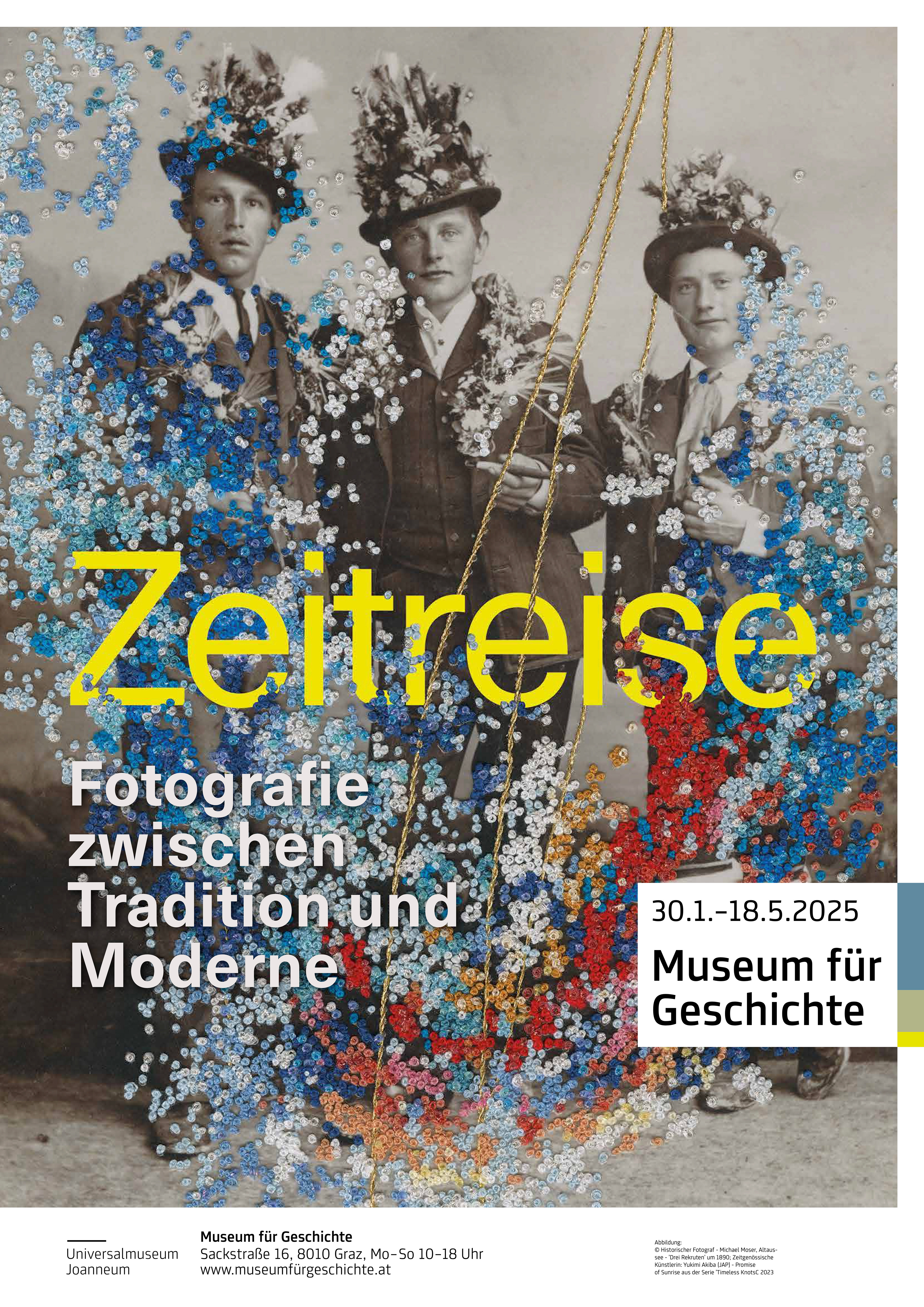
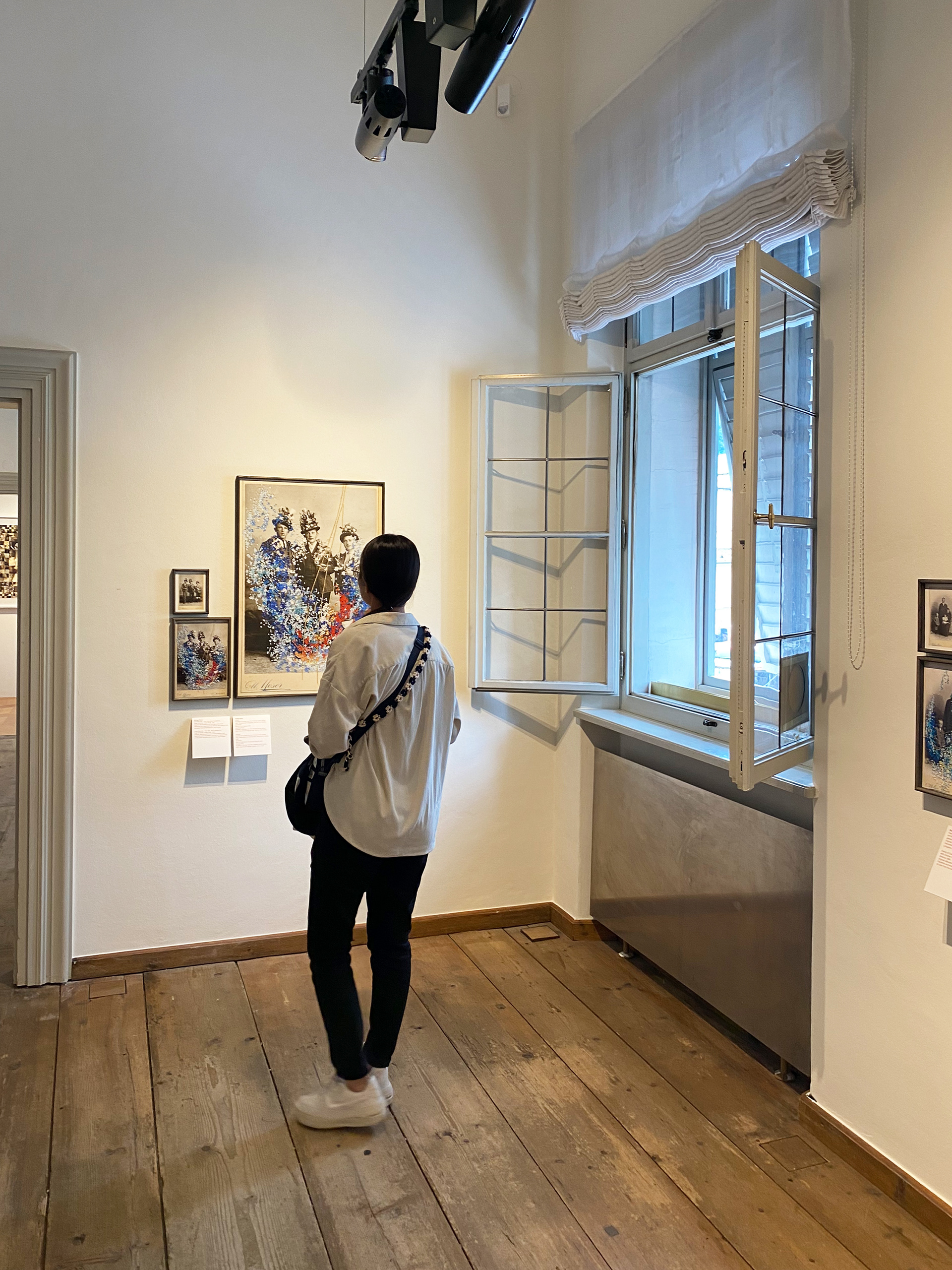
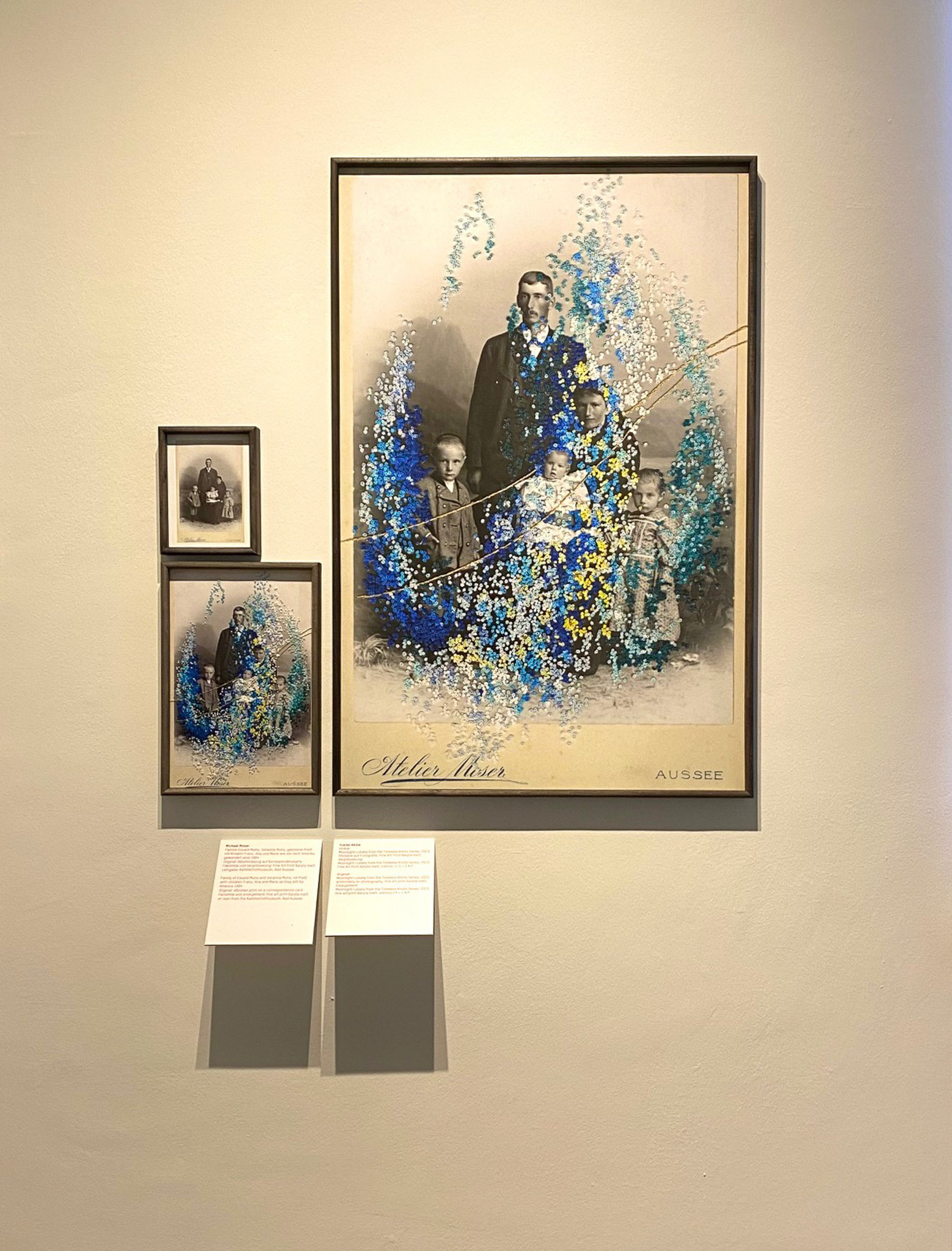
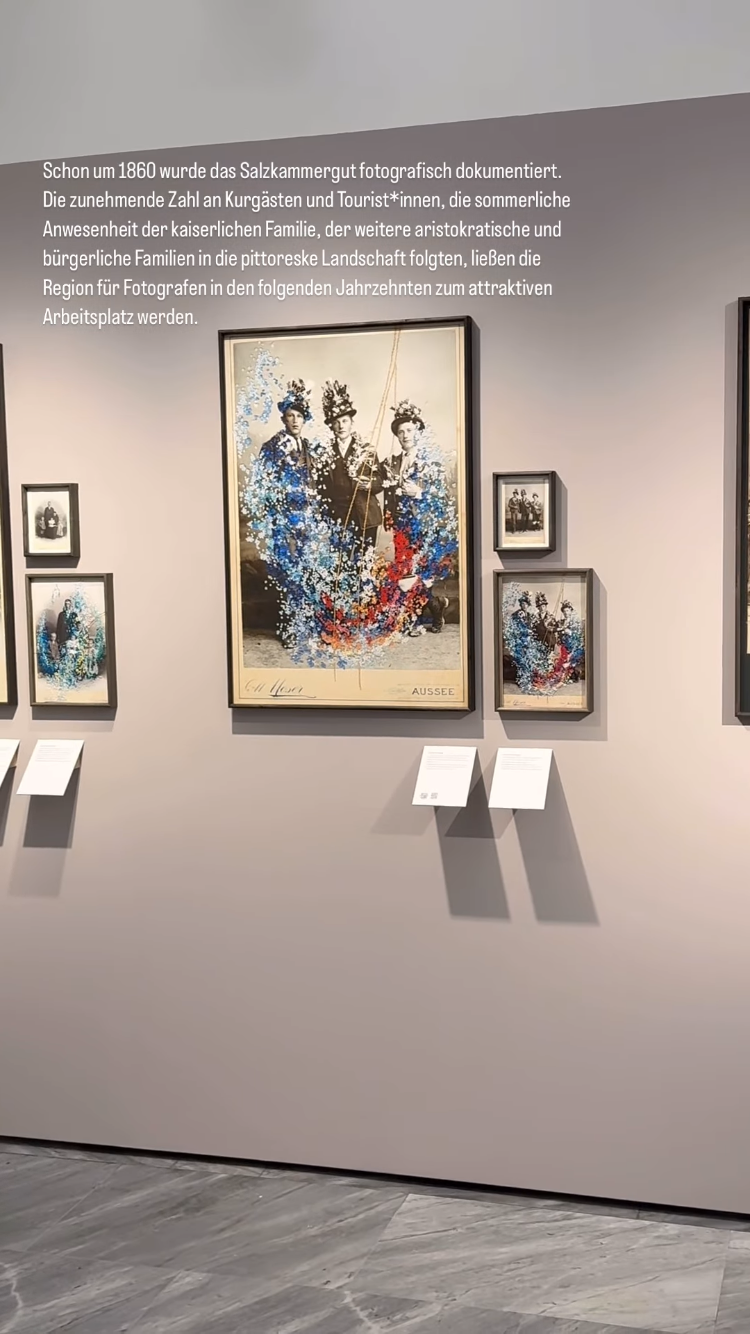
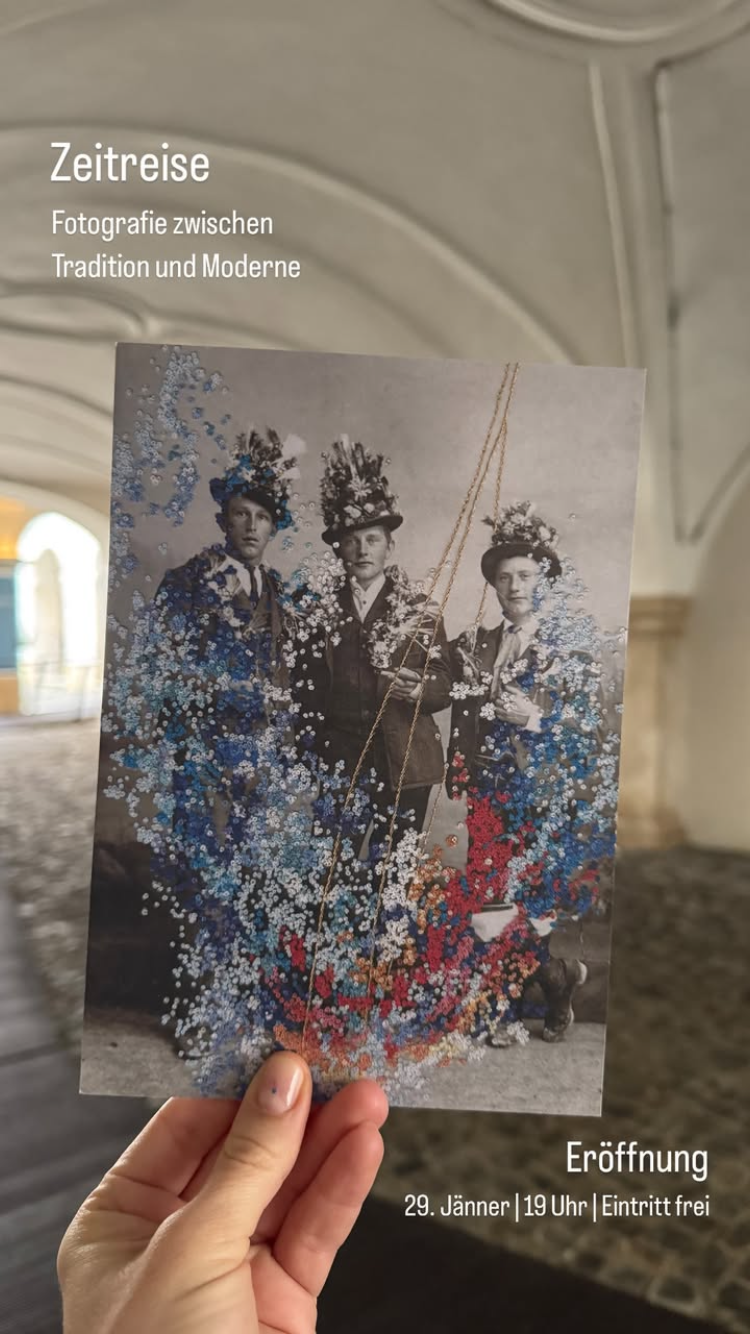
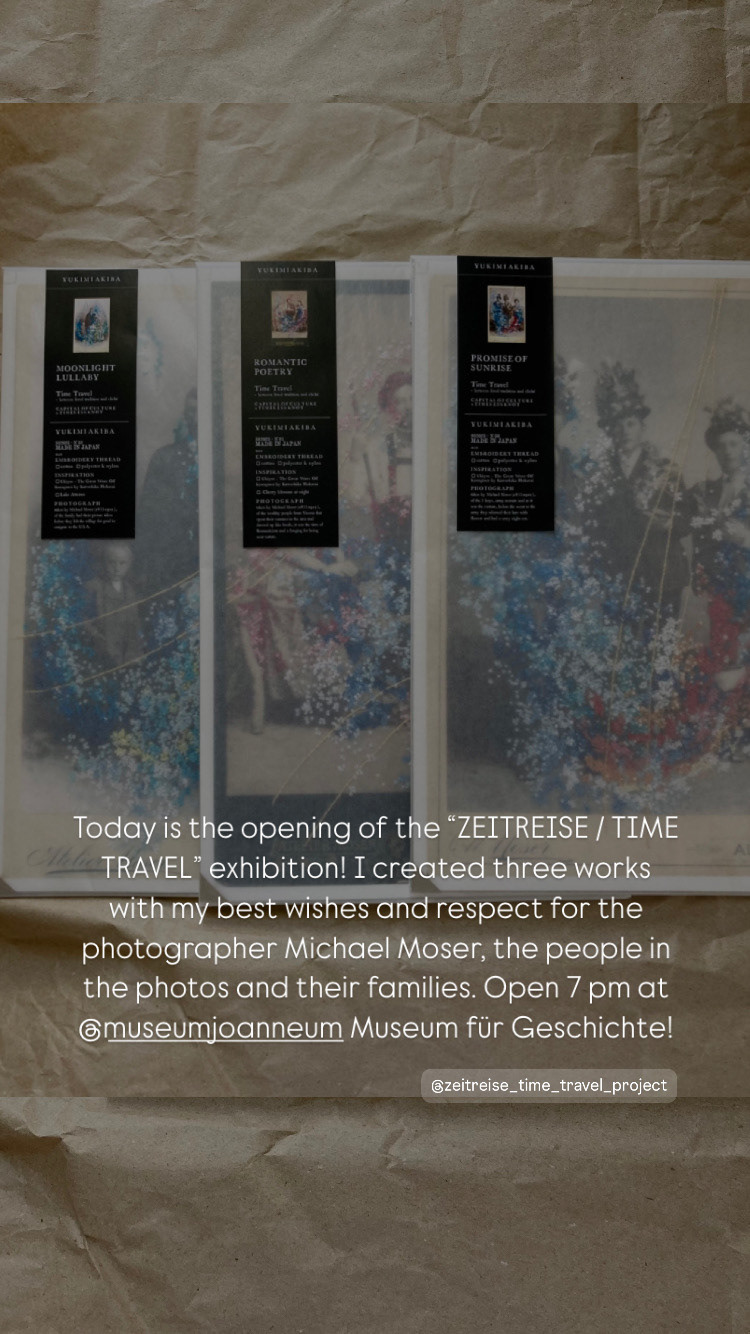
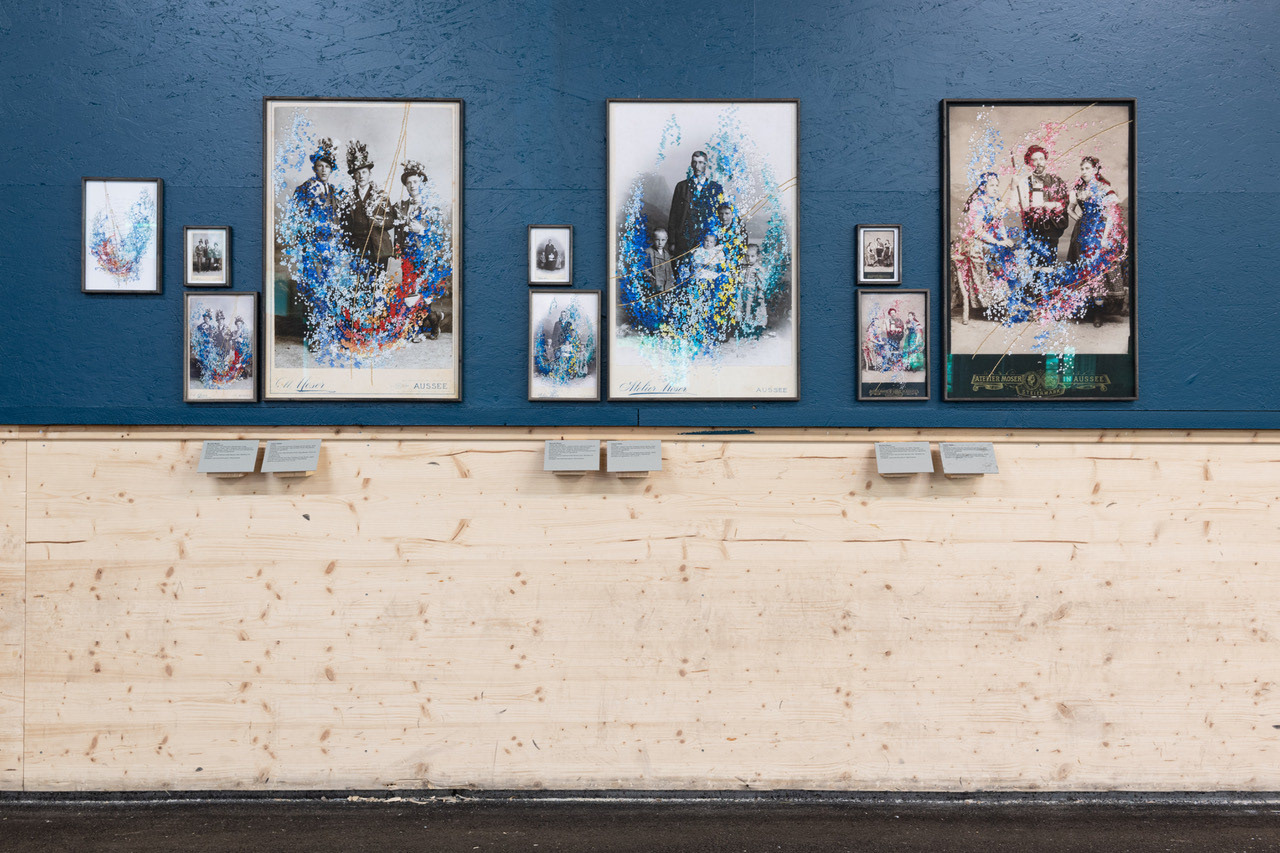
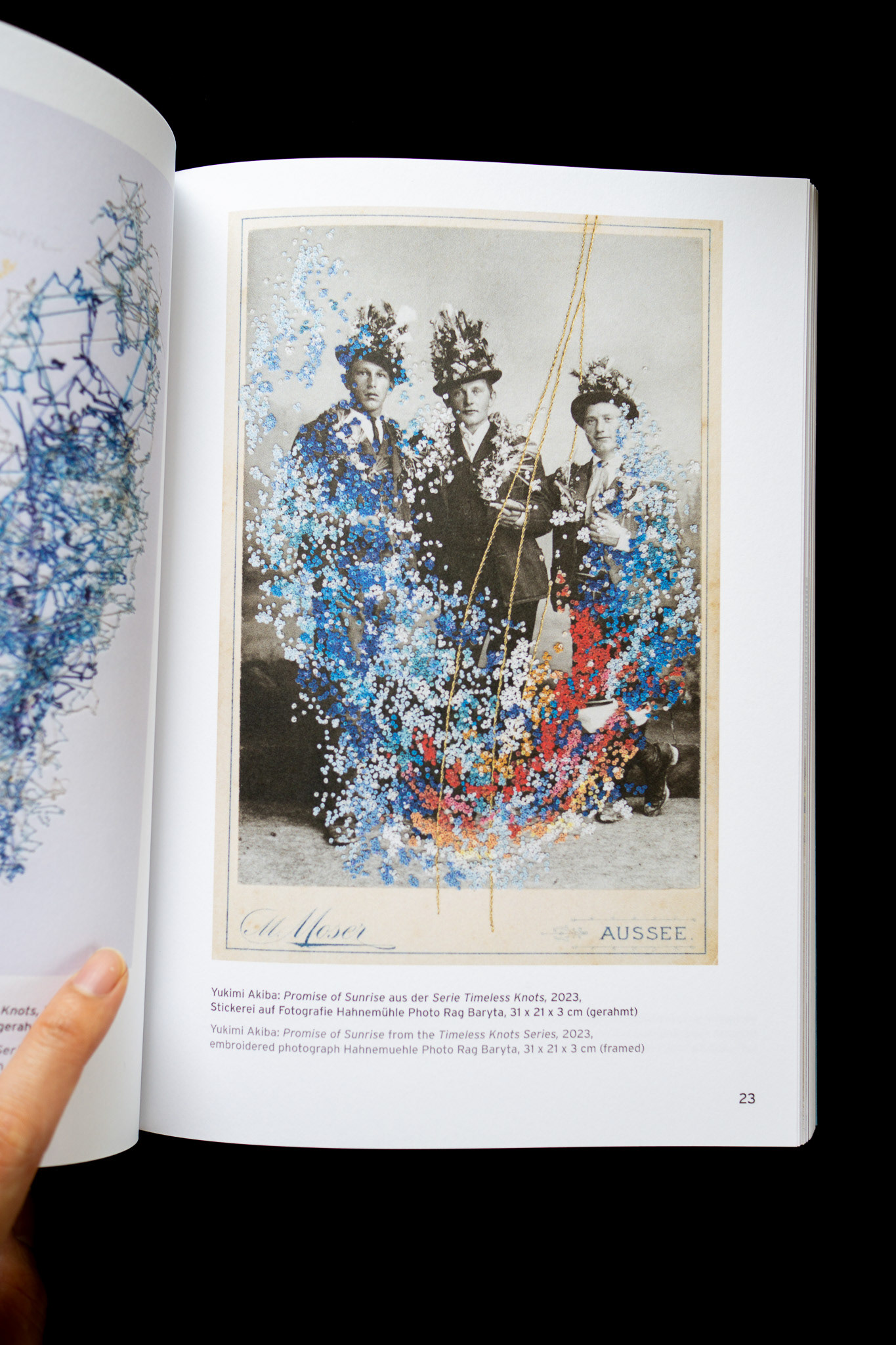
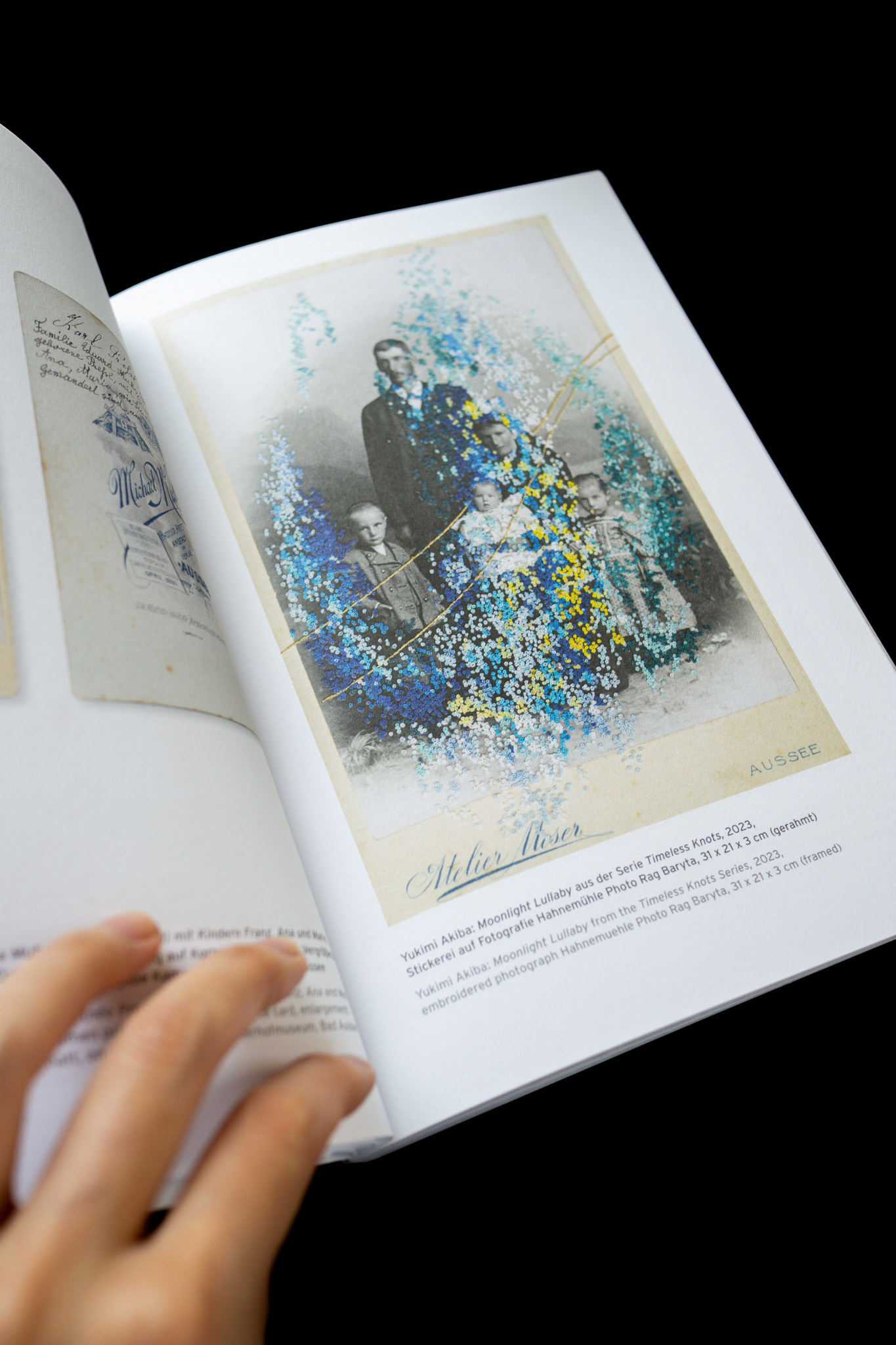
Curator: Yvonne Oswald
Historical photographers: Michael Moser, Wilhelm Burger, Friedrich Simony, Erich Bährendt, Albert Rastl, Konrad Mautner, Friedrich Ernst Brandt, Alois Eisenwenger, Hans Gilge, Victor Angerer u.a.
Contemporary artists: Yukimi Akiba (JP), Kim Boske (NL), Tamas Dezsö (HUN), Pawel Jaszczuk (POL), Zhang Kechun (CHN), Marco Lanza (IT), Stefanie Moshammer (A), Zuzana Pustaiová (SVK), Patrick Lambertz (CH), Yvonne Oswald (A)
06/09 – 31/12/24 : Mozart Residence, Salzburg (AT)
30/01 – 18/05/25 : History Museum - Universalmuseums Joanneum, Grundlsee (AT)
